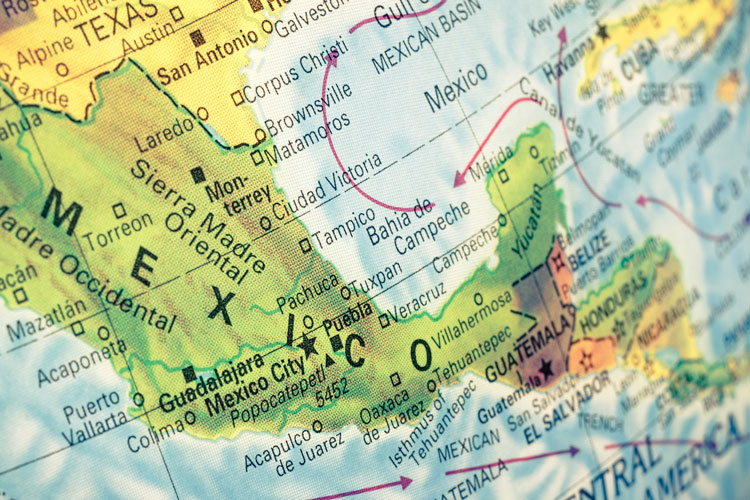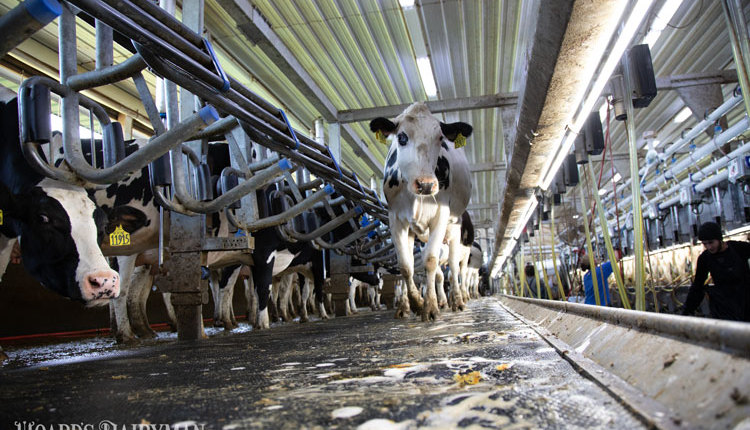
Dairy trade remains an important issue . . . especially for U.S. dairy producers who are banking on higher milk prices this year. That being the case, trade with Mexico remains critical for many U.S. agricultural commodities. Yet, the topic has become more uncertain as renegotiation of the current North American Free Trade Agreement, known to many as simply NAFTA, is on the agenda this year.
To put dairy trade in perspective, the value of U.S. dairy product exports in 2016 was $4.8 billion, a 10 percent reduction from 2015. This level is still higher than any year prior to 2011. The value of dairy exports, as a percentage of industry cash receipts, came in at 14 percent, very near the average of 2010 to 2015. Nonfat dry milk and cheese each accounted for roughly one-fourth of the total value of exports. For dairy, trade with Mexico matters.
Mexico, Canada, and China remained the top three markets in terms of dairy export value, accounting for nearly half of the total value of dairy product exports in 2016. Even with China’s appetite for dairy, a trend towards NAFTA trading partners increasing their share of total dairy export value continued last year. Mexico consumed 25.6 percent of all U.S. dairy exports while Canada imported 14.7 percent, bringing the total over 40 percent. That was up for the third straight year from just over 30 percent in 2013.
Conversely, the value of dairy products headed to major market destinations in Asia declined for the third consecutive year. China, South Korea, the Philippines, Japan, Indonesia, Vietnam, and Malaysia combined for just under 30 percent of U.S. export value in 2016. That was down from 37 percent two years earlier.
With Mexico accounting for 38 percent of nonfat dry milk and 26 percent of cheese export value over the past five years, there remains an urgency to keep trade flowing with our neighbors to the south. As milk production is expected to continue to grow more rapidly than the U.S. population for the next few years, the challenge to the industry will be to boost consumption of U.S. dairy products by both international and domestic consumers without negatively affecting milk prices.
To comment, email your remarks to intel@hoards.com.








